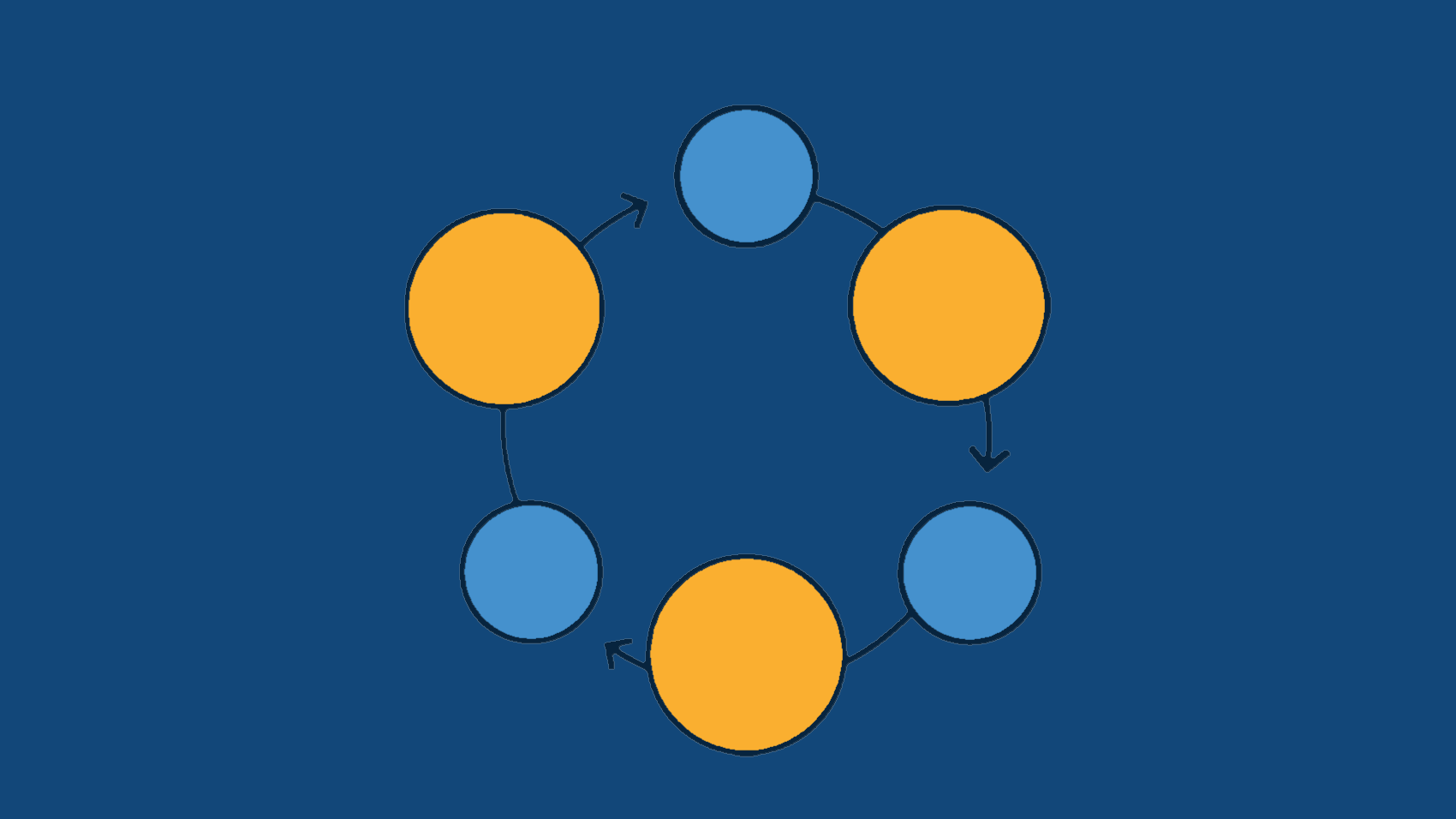Automated testing with Continuous Integration (CI) is key to an effective development workflow. To gain maximum benefit in product development by fast release, integrate Usetrace to your team’s development process.
Here are the steps you need to take to get your team feedback within minutes of a change into your product’s software code, design or data:
- Automate your first trace
To start testing with Usetrace, create your first trace. A trace is an automated use case test runnable in a real browser.
See tutorial for creating your first trace.
- Set up reporting
Set up reporting to your communication tool (email or chat) to know when a code update causes problems or the product is ready for release.
See tutorial for setting up reporting and tool-specific info:
- Get Usetrace to test every code update automatically
Integrate Usetrace to your team’s Continuous Integration tool (e.g. Jenkins, Visual Studio Online) to keep your team up-to-date on how the product is functioning after every version pushed to master.
See tool-specific instructions for Usetrace’s CI integrations:
Optional step: Test restricted or internal server behind a firewall
Make your restricted or internal server behind a firewall accessible to Usetrace in order to test your web app.
See Network Instructions and Tunneled Connection for guidance.



